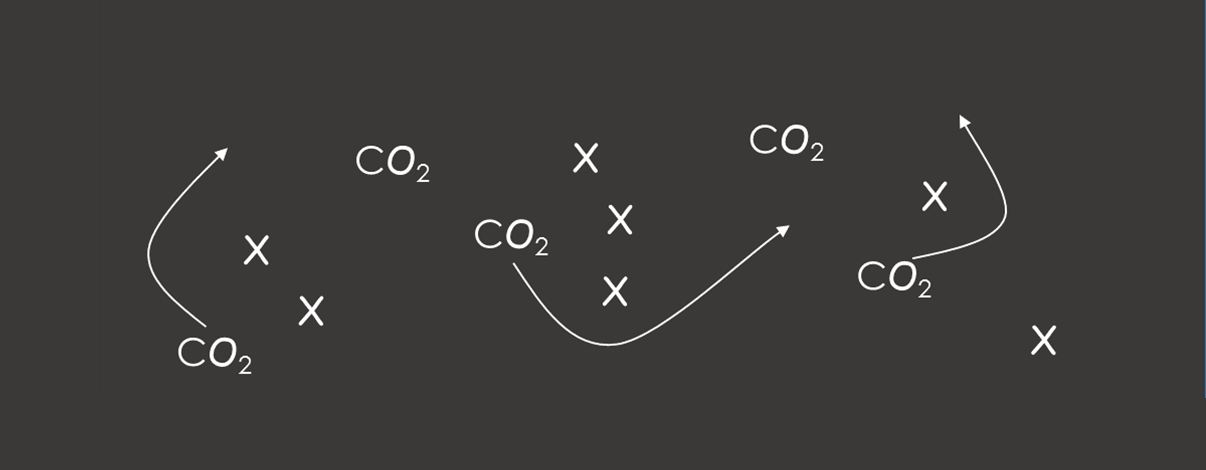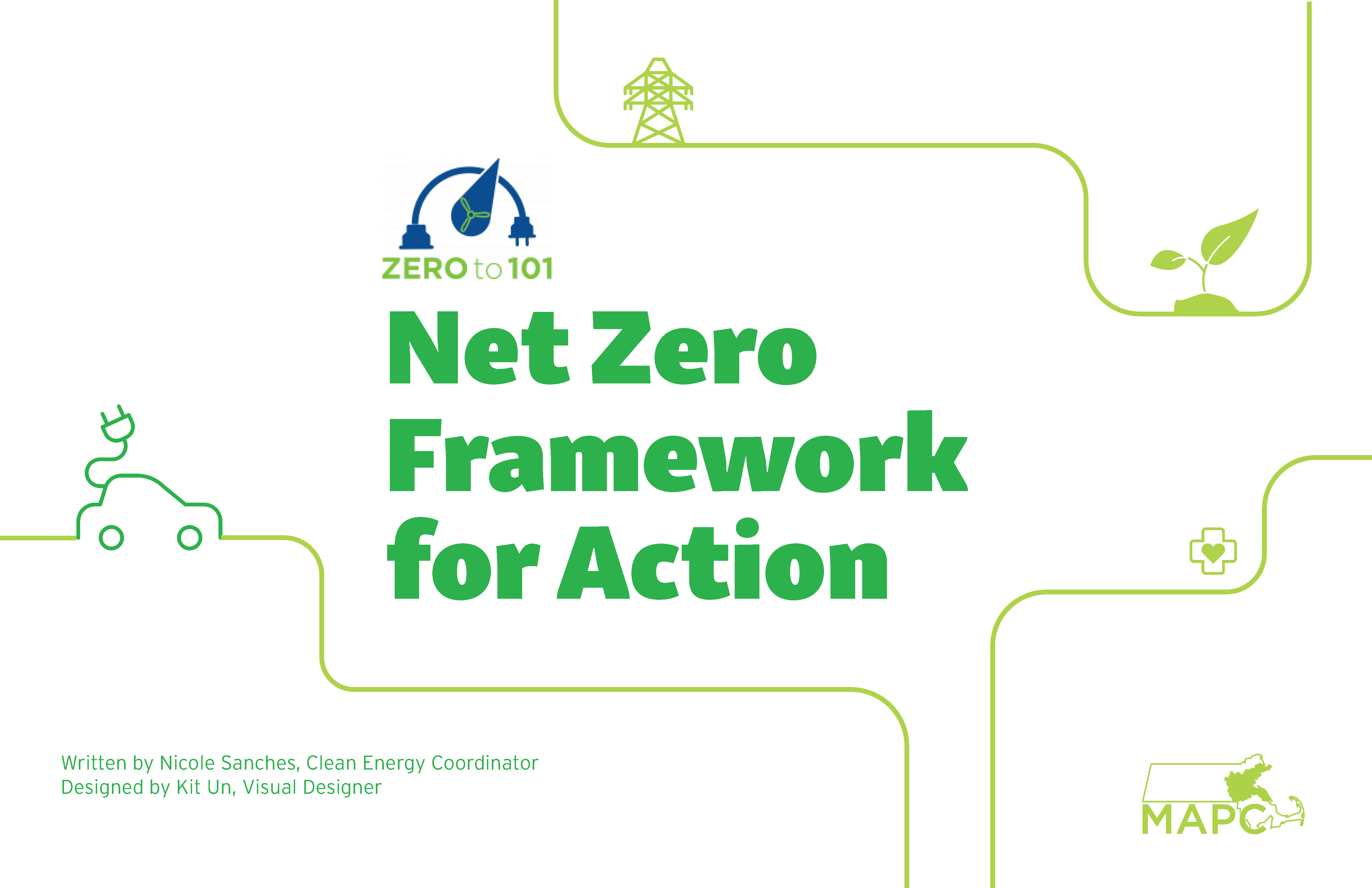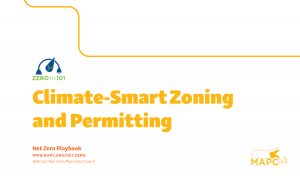
Turn Local Commitments
into Local Action
How to Use MAPC’s New Municipal Net Zero Playbook
For over a decade, MAPC has worked with cities and towns on clean energy and climate. During this time, our agency has compiled many best practices and resources for how municipalities can advance action toward becoming net zero as a community. This means that the amount of emissions generated by said community is balanced with the amount of emissions taken out of the atmosphere or otherwise avoided. The findings noted in the most recent report by the Intergovernmental Panel on Climate Change show us how crucial it is that we make substantial progress toward net zero as soon as possible. One of our key priorities in MetroCommon 2050, MAPC’s new regional plan, is for the region to achieve net zero emissions by 2050, and we urge you to join us.
MAPC’s Municipal Net Zero Playbook (“the Playbook”) provides cities and towns with guidance and resources to equitably bring their climate goals to fruition. The Playbook has four main chapters that focus on reducing greenhouse gas emissions locally in transportation, buildings, energy supply, and zoning and permitting. Foundational frameworks on equity and action inform the chapters and how to get the most out of the playbook.
How to Use the Playbook
As communities across the region accelerate climate action, this strategic guide can help municipal planners, energy/sustainability staff, and community members deploy efficient and equitable actions to match their local climate goals. The Playbook can help individuals participate more fully in community efforts to reach net zero, and to advocate for local and state policies that will help.
Step One: Explore the Frameworks
The Framework for Action and the Framework for Equity that ground the Playbook are the starting points for your net zero journey. No one municipality is the same, and these frameworks can help communities customize their Net Zero Action Plans by helping them to design impactful strategies, tailor equitable and accessible community engagement, and prioritize actions specific to their needs. The Framework for Action provides the guideposts for municipalities to develop their net zero plan, outlining the key components of the planning process. The Framework for Equity explains how climate issues intersect with existing inequities in our society and outlines steps communities can take during the planning process to center the voices of those who are most affected by climate change.
Step Two: Explore the Action Chapters
The Playbook should be a resource for everyone in a community: municipal planning staff, sustainability committee members, key implementers from municipal departments, residents, small business owners, and many more. Take a moment to explore the action chapters below and their respective case studies to get a sense of what role you can play to help propel your community to net zero emissions.
Step Three: Watch the Webinar!
The actions noted above are only a few examples of those that can be found in each chapter of the Playbook. The various actions noted in those chapters can be used as a menu for municipalities to be customized to fit their needs. From how residents travel within their communities every day to how building emissions can be reduced, the Playbook can help your community make the changes today for a better tomorrow.
Learn all about MAPC’s new resources and how to tailor the actions to meet your community’s climate action goals by watching our launch webinar:
Want to share the Playbook with others? Use our Social Media Toolkit for images and suggested language.
For any questions about the Playbook and MAPC’s net zero planning services, please contact Megan Aki, Clean Energy and Climate Systems Manager, at [email protected].



 The
The  The
The  The
The  The
The